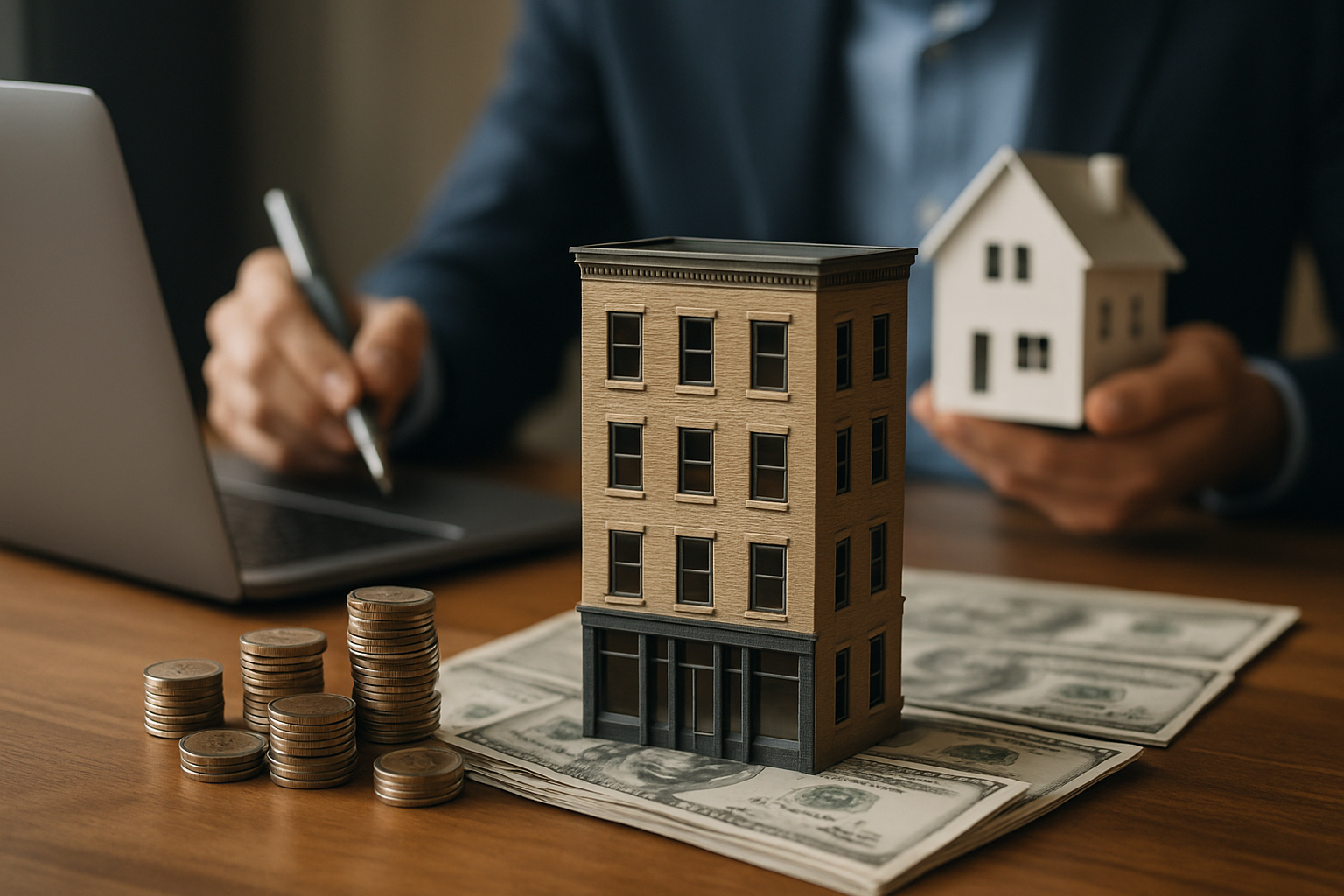Renovation projects with measurable return on value
Well-planned renovation projects can increase a property's market value, improve rental returns and support long-term investment strategies. This article outlines measurable approaches to assess return on value, covering valuation factors, sustainability, proptech tools and local housing dynamics.

Renovation projects can convert aging housing into competitive, higher-value property while addressing changing market demands. Measuring return on value requires clear goals—whether to improve resale valuation, increase rental income, reduce operating costs or support sustainability standards—and a disciplined approach to tracking outcomes. This article presents practical ways to estimate value changes, align renovations with local mortgage and zoning realities, and use modern tools to quantify impact.
Property and renovation value
A useful starting point is understanding how specific upgrades affect property valuation. Cosmetic improvements like paint and flooring can shorten time on market, while structural updates—roof, windows, insulation—often yield stronger returns through lower maintenance costs and improved energy performance. For investors focused on rental or resale, calculating expected net operating income changes and comparing them to renovation costs helps estimate payback periods.
Real-world comparables are essential: study recent sales of similar properties nearby, factor in local zoning constraints, and adjust for housing market trends in your area. Combining sales comps with projected rental yields produces a clearer picture of potential return on investment.
How renovation affects valuation and investment
Renovations influence both appraised valuation and investor returns. Appraisers consider condition, comparable sales, and the cost approach; upgrades that bring a property in line with neighborhood standards typically translate into higher appraised values. For investors, the metric often used is return on investment (ROI) or capitalization rate changes driven by increased rental income.
To quantify this, estimate after-renovation rent, subtract operating expenses and vacancy, then divide by purchase plus renovation costs. Sensitivity testing—running best- and worst-case rent and occupancy scenarios—helps reveal how robust the projected return is under changing market conditions.
Sustainability, urbanization and long-term demand
Sustainability upgrades—better insulation, efficient HVAC, water-saving fixtures, and solar-ready installations—can reduce operating costs and appeal to buyers and renters prioritizing lower utility expenses. In urbanized areas, where space is constrained, energy-efficient multiunit conversions and smart building systems can support higher occupancies and justify premium pricing.
Long-term urbanization trends and local housing policy influence demand: areas with growing employment centers or transit investments often see stronger appreciation. Aligning renovations with sustainability and local urban planning increases the likelihood that upgraded properties retain or improve valuation over time.
Proptech, coliving and rental dynamics
Proptech tools improve measurement of renovation outcomes: market analytics platforms can track comparable rents and sales, while building management software provides data on energy use and maintenance costs. These datasets make post-renovation performance easier to quantify, supporting more accurate valuation adjustments and investor reporting.
Coliving and flexible rental models are another consideration in dense housing markets. Converting larger properties into well-designed shared living spaces can raise per-unit revenue, but success depends on local zoning, tenant demand patterns, and operational sophistication. Modeling rental income per square foot before and after conversion helps determine whether the renovation yields measurable value gains.
Mortgage, affordability and zoning impacts
Renovation financing and mortgage terms influence overall project viability. Some mortgage products allow renovation costs to be rolled into loan amounts, which can change the cash flow profile and the calculation of return on value. Affordability pressures in many markets also shape which upgrades will be marketable: energy savings and low-maintenance finishes often appeal to cost-conscious buyers and renters.
Local zoning, building codes and foreclosure risk in certain neighborhoods can alter expected outcomes. Before starting work, confirm permits and estimate the timeline for approvals, as delays can affect carrying costs and the ultimate ROI.
Conclusion
Measuring return on value from renovation projects combines market analysis, careful cost tracking, and use of data tools to compare pre- and post-renovation performance. Prioritizing upgrades that address structural durability, energy efficiency and market demand—while accounting for mortgage, zoning and local urbanization trends—creates a clearer path to measurable improvements in valuation and income. A disciplined approach to modeling scenarios and documenting outcomes will make renovation investments easier to evaluate and manage over time.





